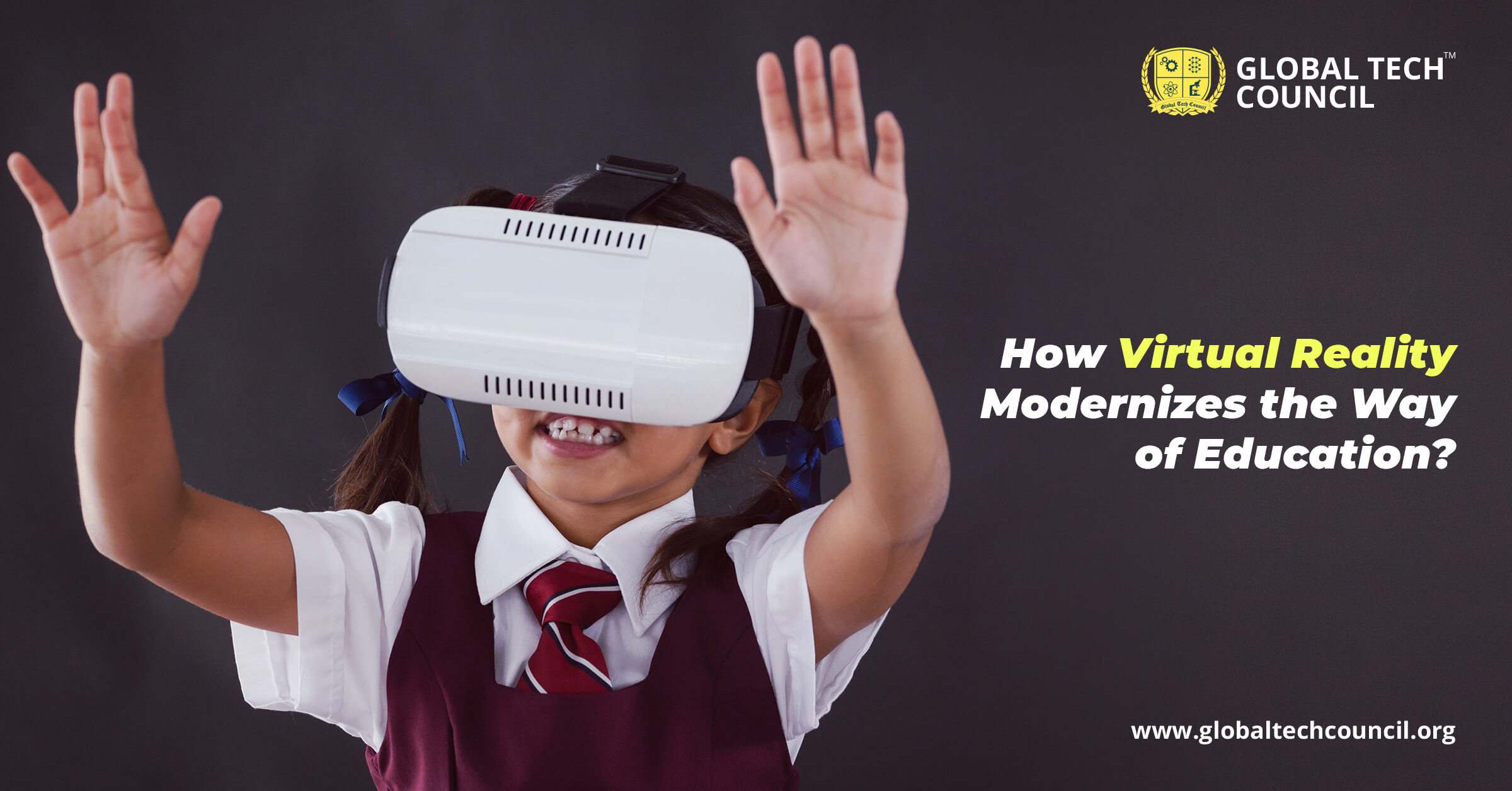
Wondering how VR technology can transform the way of education? Well, you have landed on the right page. This article talks about the role of VR in the education domain.
Table of Contents
- Overview of VR Technology
- Role of Virtual Reality in Education Domain
- Concluding Lines
Overview of VR Technology
Virtual Reality is all about a three-dimensional, computer-generated world that can be accessed and interacted with by a human.
As VR is advancing and making its footprints in almost all domains, including gaming, automotive, healthcare, retail, tourism, real estate, and others, IDTechEx forecasts that the market for Virtual Reality along with Augmented Reality and Mixed Reality technologies will reach over $30 billion by 2030. Apart from these sectors, we have heard for a long that VR could potentially play a crucial role in the way people teach and overall in education. In an increasingly digitized world, where everything is “smart,” it is no surprise that VR technology is transforming the world of education.
If the domain of VR interests you, you can get enrolled in VR certification courses and become a Certified VR Expert.
Role of Virtual Reality in Education Domain
As we have gained a clear understanding of what exactly VR technology is, let’s explore how it can transform the education sector.
Improved Student-Teacher Interaction
Technology has introduced a plethora of methods that aid in the stimulation of real-time teacher-student effective interaction. VR technology provides students an opportunity to learn through experience with the help of advanced systems in contrast to the traditional methods of reading and writing.
Reach Beyond Physical Classrooms
Digital media has contributed a lot in reaching the farthest corners of the world. As a part of the contribution, VR technology enables teachers to connect with their students even in remote areas irrespective of the accessibility to educational institutions for students. By utilizing VR, students can get the same feeling as being present in a classroom and communicating with professors face to face.
VR Encourages Creative Thinking
As VR implements involve smart devices, it sparks the imagination to the next level, which is surely missing in the conventional educational system. VR technology provides an immersive experience that allows students to think out of the box as learners are transported out of the classroom.
Promotes Peer Interaction
VR not only encourages student-teacher interaction but also encourages peer interaction. Students are inspired to interact with each other and share their thoughts and discuss their exciting experiences.
Teach Empathy and Cultural Competence
Apart from all the points mentioned above, VR helps in bringing different places throughout the world right into the classroom. Technology helps students understand people’s unique situations across the world as teachers can use VR applications to enhance language teaching by exposing students to the cultures of the people who speak the language.
Concluding Lines
In the digitized world, we need to improve the quality of education in the first place, and for that, VR technology can help. VR is essential to deal with the current issues to the education system as it follows the same old format, and people still have difficulties comprehending information. As the scope of VR is booming, VR experts are in great demand. According to Glassdoor, the national average salary for a VR Software Engineer is $1,03,926 in the United States.
If you want to learn VR from scratch and become a Certified VR Expert, you can enroll in VR certification courses and gain hands-on experience.